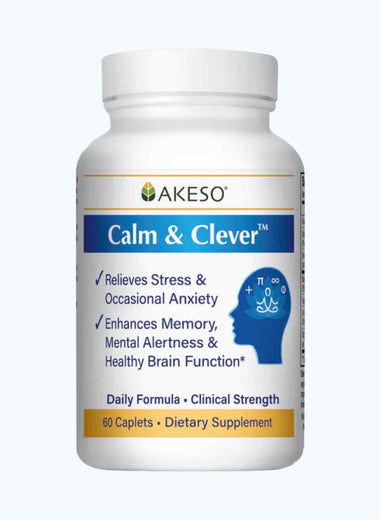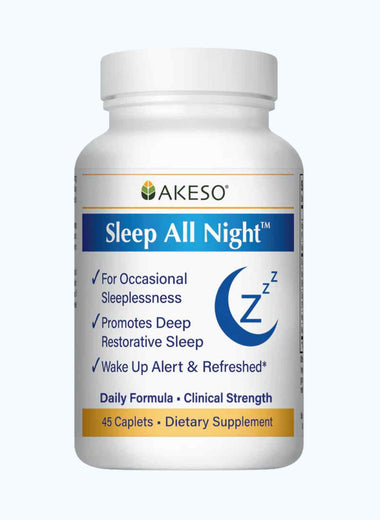Why does my hand hurt?
The hands are one of the most sophisticated features of the human body; they are capable of grabbing, pinching, picking up heavy objects, and performing complex, detailed work with outstanding precision. Most of the hands’ movements are controlled by a group of muscles in the forearm that connect to each finger via long tendons that pass through the wrist.
There are 27 individual bones in each hand, as well as several muscles, tendons, ligaments, and sheaths that protect the bones. These structures allow the hands to flex and extend, granting the dexterity and flexibility needed for activities like using utensils, gripping a ball, writing, typing, and more.
Because the hands are so structurally complex, pain can originate in many different parts of the hand or arms, which can be attributed to a wide range of conditions and ailments. Generally speaking, hand pain can stem from:
- Traumatic injury
- Nerve damage
- Inflammation
- Fractures and sprains
- Repetitive motion injuries (aka “texting thumb”)
And some common conditions that can cause pain in one or both hands include:
- Arthritis
- Carpal tunnel syndrome
- De Quervain’s tendinitis
- Traumatic injuries
Depending on its cause, hand pain can be treated with over the counter pain-relieving medications, hot or cold therapy, a splint, physical therapy, and in more extreme cases, steroid injections or surgery. Furthermore, every source of pain has a component of inflammation, which certain herbs, antioxidants and dietary supplements can help address.
Hand exercises and stretches are also a great, non-invasive alternative for improving joint mobility and reducing pain and stiffness. The key is to regularly do the exercises to strengthen the muscles in and around the hands and keep the joints flexible.
Hand and wrist exercises
Thumbs up
- Place your elbow on a firm surface and straighten your fingers out.
- Bend your hand slowly into a fist, keeping the thumb outside of the hand (as if you were giving a thumbs up).
- Hold for five seconds and release.
- Repeat 10 times. You can do this exercise as many times as you’d like throughout the day, if it feels comfortable and doesn’t cause pain.
Wrist stretch
The wrists can store a lot of tension and stiffness. Here’s how to stretch them:
- Stretch your right arm out in front of you and bend your hand, so your palm is facing down and towards you.
- With the left hand, gently bend your right hand in towards you until you feel a stretch in your wrist and forearm.
- Hold the position for five seconds.
- Repeat the sequence five times on each wrist.
Making a fist
Simple yet effective, you can do this easy exercise anytime you feel your hands are stiff or your fingers feel achy and tired.
- Place your arms in a firm, comfortable surface with your palms facing up.
- Slowly bend your hands into a fist and wrap your thumbs across your fingers. The goal of this exercise is to work on flexibility, so go as slow as you can!
- Open your hand back up and spread your fingers wide.
- Repeat at least five times on each hand.
Finger lift
- Place one hand on a firm surface, palm down.
- Starting with your thumb, lift each finger slowly, one at a time.
- Hold the lift for two to three seconds and lower it slowly.
- Repeat the entire sequence with the other hand.
Finger tap
- Place one or both hands on a table with the palms facing up.
- Bring the tip of the thumb together with the tip of each finger, one at a time.
- Repeat 10 times on each hand.
The letter “O”
- Stretch your arm out in front of you and straighten the fingers.
- Slowly, bend all your fingers inward until they touch, forming a circle or the shape of the letter “O.”
- Hold the position for five seconds and repeat the sequence on the other hand.
Cooling down: the hand massage
Massages are not only relaxing; they also have the potential to reduce inflammation and pain, as well as improve mobility and general well-being. A hand self-massage can help improve grip strength, reduce anxiety and depression, and help you sleep better. Research also suggests that people with joint conditions like osteoarthritis can benefit from daily self-massages.
Giving yourself a hand massage is easy. Many people like doing self-massages with essential oils or topical pain-relieving creams, but you can also do it with regular lotion or without applying anything. To get the most out of your massage, try doing it every day for at least 10 minutes and make sure to use only light to moderate pressure to avoid worsening the inflammation.
- Sit in a comfortable position where you can rest both of your hands and forearms in front of you.
- Place the palm of the hand you want to massage facing up and use your other palm to gently stroke your forearm all the way to your wrist with a downwards motion.
- Then, clasp your fingers and rub the heels of your palms together in a circular motion.
- With your fingers still clasped, rub your thumb against the opposite palm with short, circular motions.
- Unclasp your hands and gently pull each finger with the opposite hand until you feel a slight stretch.
- Finish by using your thumb and index finger to lightly pinch the webbing between your opposite thumb and index finger.
In addition to exercises and therapies, ensuring adequate nutrient intake can play a crucial role in supporting overall joint health. Products like All Joints Ultra are formulated with a blend of essential nutrients known to benefit joint function. While they do not replace medical treatments, these supplements can complement a balanced diet by providing key vitamins, minerals, and antioxidants that contribute to joint health maintenance.






